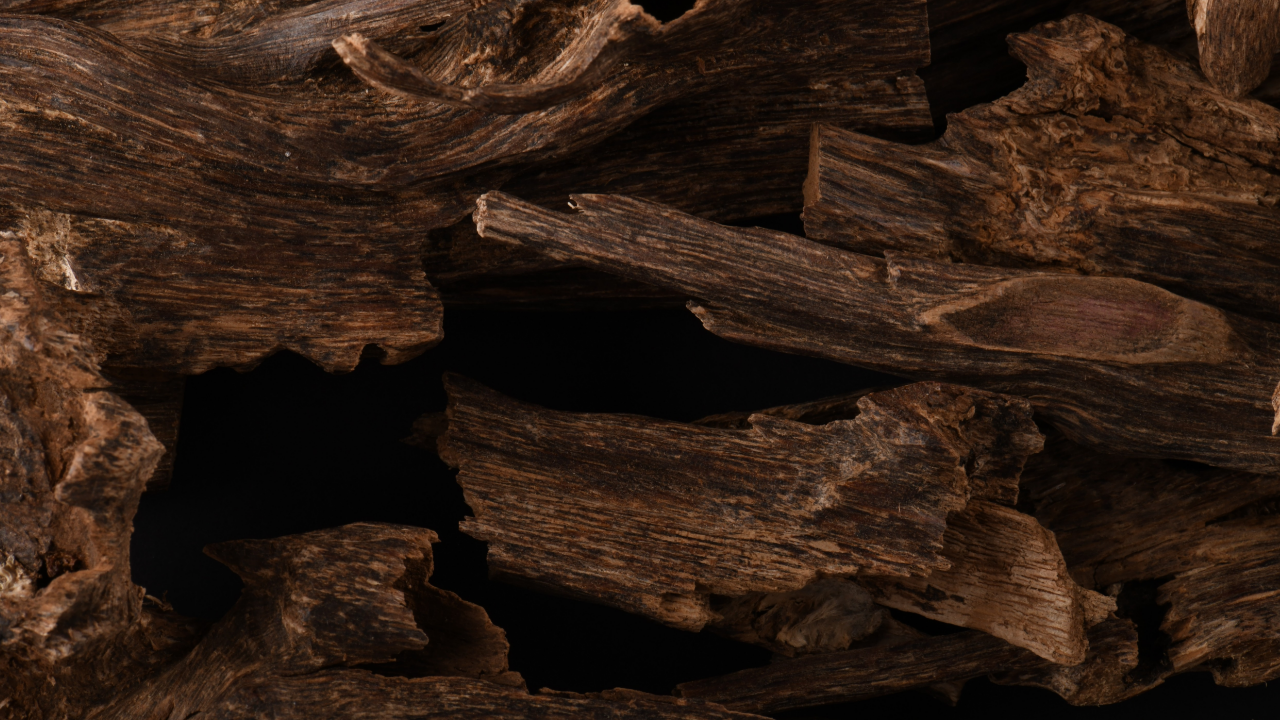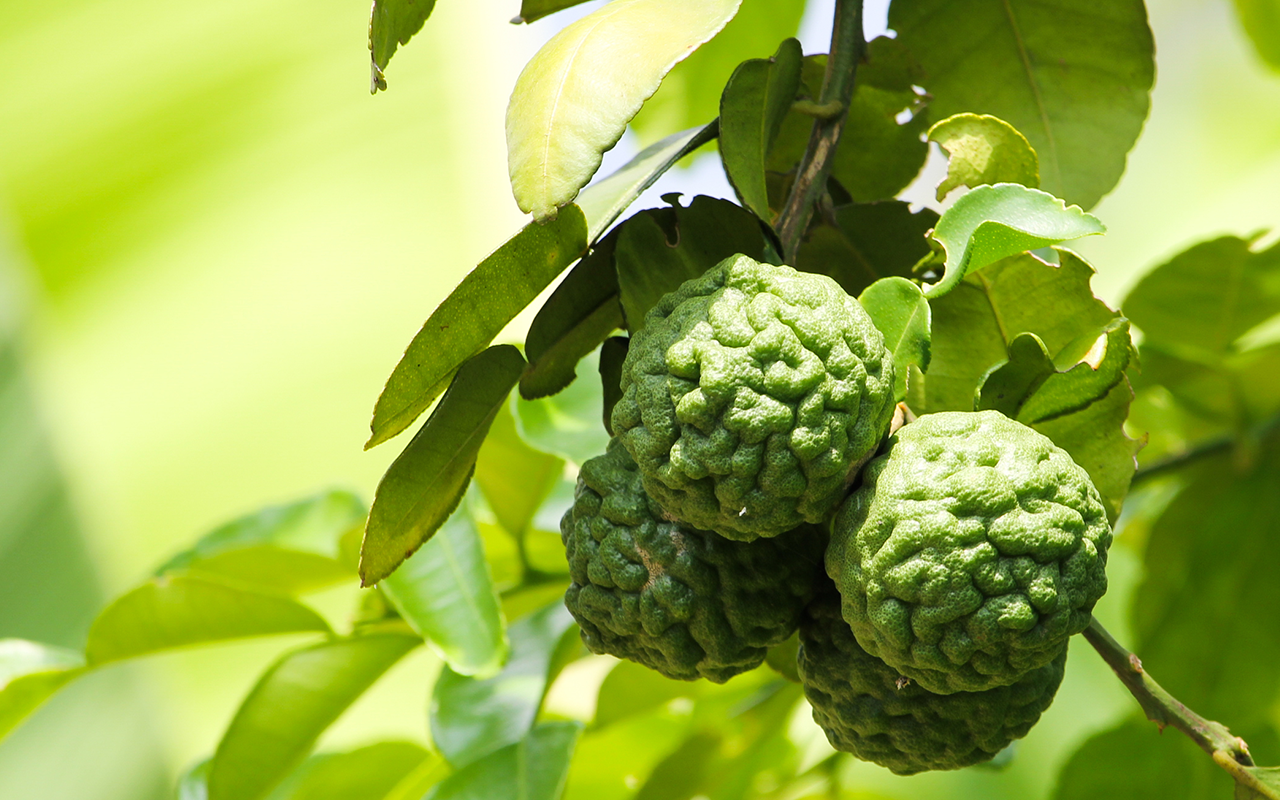The Oud Perfume Revolution

We chart the rise of oud (agarwood) to its current much vaunted status.
The cultural revolution of Oud as a fragrance, over the past decades, has seen it transform from a beloved and sacred scent admired in the Middle East and Asia, into one of global appeal. We ask WHY?
First and foremost oud has a rich complex aroma that can work harmoniously with other ingredients. As ever though a number of factors have played a part in the irresistible rise of oud:
- Oud’s cultural significance and historical use in perfumery has given it a certain mystique and allure that many find captivating.
- Oud’s natural origin and traditional extraction methods appeal to those looking for sustainable options
- Interest in luxury fragrance has created interest in rare and exotic ingredients: oud’s scarcity and complexity make it a valuable addition to any perfume.
View all our Oud perfumes and our Oud sample set
How did oud rise to prominence?
While oud has been used for thousands of years as a personal perfume in Middle Eastern society, its international appreciation is more contemporary.
As one of the first brands to market oud to a wider international audience, Tom Ford blazed the trail for the oud revolution in 2007, when he launched his legendary Oud Wood (designed by Richard Herpin). Since then, we have seen oud grow as a firm favourite in luxury niche perfumes, now reaching through to the mainstream market.
So what is the appeal?
What is oud?
Oud is a powerful and seductive perfume oil created in a peculiar way: it is extracted from agarwood which becomes resinous when it encounters a fungus affecting the Aquilaria tree. The result is a legendary and intriguing scent and due to its unusual origins and rarity, one of the most expensive. There can be confusion around the name, but it’s quite simple: aquilaria trees create dark resinous agarwood and the oil extracted has various names, but most fragrance houses prefer the Arabic oud or oudh.
It isn’t a scent for the faint hearted, its potency can be divisive so how and why has it become so precious and admired?
What does Oud smell like?
Oud is considered rare, wonderful, sacred and even erotic. It clearly has a fascinating past and elusive seductive qualities, but it isn’t for everyone. Some people find it overpowering and describe it as unpleasant, musty and mouldy with damp undertones, whilst others find it instantly intoxicating.
To discerning fragrance aficionados, oud has unique depth and an opulent aroma. It sits low in the spectrum of perfumes, lingering on the skin for longer than most and can fix other notes in place. Its woody smell is richly nuanced and complex, ranging through dark, sweet, earthy and resinous, with additional notes of warmer aromatic leather and spices.
It blends beautifully with floral notes to create rich oriental statement scents that evoke pure luxury and exclusivity.
A sillage demanding attention and turning heads
Perfumes have always been a way for an individual to express themselves, an extension of their unique personality. When confined to monochromatic business attire or conservative cultural sartorial restrictions, a bold scent offers a different way to be noticed and admired. Nothing makes a statement like oud, it always stands out in a crowd. Oud has a remarkable performance on the skin, it lingers on the skin for longer than most scents and its woody smell is richly nuanced, complex and captivating.
The luxury of liquid gold
Oud is an undeniable luxury, lauded for its opulence. Though some baulk at its high price point (double the price of gold), the cost of Oud ensures it remains truly special and part of the reason is its rarity. To find out more about the extraction, distillation and cost of oud, read our blog on Aquilaria Oud.
Because of the price, some perfumers have turned to synthetic ouds, to create the impact without the price tag. But anyone with a keen nose will sniff out the difference. Synthetic oud has far less depth and complexity, lacking the warm woody quality that makes the aroma so unique and distinctive.
OUD lingers on the skin for longer than most scents and its woody smell is richly nuanced, complex and captivating.
The decadent symbolism of oud floats through the mists of time
Oud has long been a symbol of wealth and luxury. Multiple cultures across Europe and Asia, reference the use of Oud in religious and sacred ceremonies. Oud is so entrenched in human history that references to the scent lie in ancient scriptures from across the globe.
Eastern culture often uses Oud during moments of prayer with the aim of getting close to God. The extremely intense smell is linked to the sacred, in fact oud is called “the wood of the Gods” in the Old Testament.
In the Bible, the sensual quote “I have perfumed my bed with myrrh, aloes and cinnamon,” from Proverbs 7:17 refers to agarwood as ‘aloe’ (as it’s sometimes known). According to the New Testament, Nicodemus bought agarwood for the embalming of Jesus himself. The Song of Songs in the Hebrew scrolls describes King Solomon as “coming up from the desert like a column of smoke, perfumed with myrrh and incense”.
Early records trace the use of oud back to the third century, though its intense and heady aroma has been valued for millennia. The Prophet, Muhammad regularly burned agarwood during religious ceremonies for its rich scent – a tradition that remains in the Muslim world today. In ancient Vietnam, China, and Japan it was turned into a smoky incense burned by the wealthy to perfume their homes.
Buddhists also used agarwood for their most sacred prayer beads, while the Islamic world used the oil for personal perfumes. Wealthy men in ancient China even crafted their coffins from agar hardwood, so they could be with the oud scent for eternity.
Though no one revered oud more highly than King Louis XVI of France. One of his indulgences was washing his clothes in oud, and it became his signature scent.
In recent years, oud has become a popular note in high-end perfumes, particularly in the Middle East, where it is considered a symbol of luxury and prestige. Many fragrance houses now offer oud-based scents, both as standalone fragrances and as part of more complex blends. The unique and alluring aroma of oud, coupled with its cultural and historical significance, has made it a powerhouse ingredient in the perfume industry today.
The history and cultural importance of oud is as complex and fascinating as its aroma, so maybe the correct the question to ponder is – why did it take so long for the rest of the world succumb to the seductive power of oud?
Indulge in Oud
We have a range of exquisite fragrances featuring oud including Octavian and Amber Aquilaria which showcase oud’s lavish scent and other perfumes where the blend is more subtle and supportive. Do you have any questions about oud or how we use it?
Get in touch – we’d love to help you find your perfect scent.



